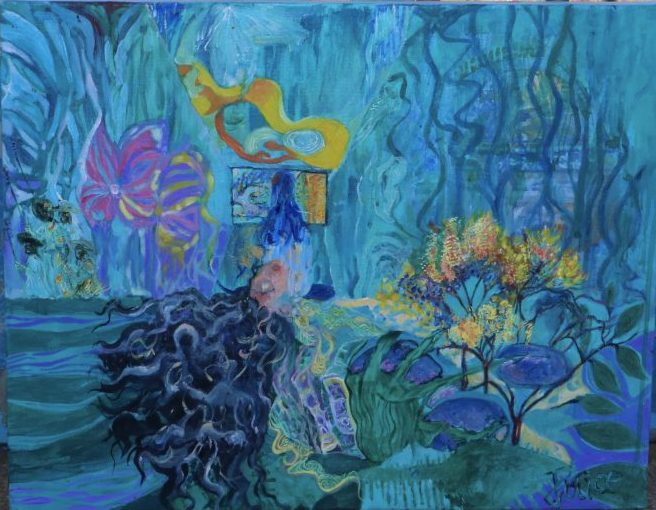Portfolio Element 2 Digitalised audio
In a digital audio system, an analog electrical signal representing the sound is converted with an analog-to-digital converter (ADC) into a digital signal, typically using pulse-code modulation (PCM). This digital signal can then be recorded, edited, modified, and copied using computers, audio playback machines, and other digital tools. For playback, a digital-to-analog converter (DAC) performs the reverse process, converting a digital signal back into an analog signal, which is then sent through an audio power amplifier and ultimately to a loudspeaker.
The easiest way to digitize your cassettes is by purchasing a device such as the ION Audio Tape Express+ Portable Tape-to-MP3 Converter. Not much larger than a cassette itself, the unit is USB bus powered. It comes with ION’s EZ vinyl/Tape Converter software for Mac and windows which provides step by step guidance for transferring you music via iTunes. Connecting your cassette player to your audio interface, field recorder, or internal soundcard will depend on the input and output connectors of the respective devices. These may be stereo 3.5mm line level connectors or a pair of unbalanced RCA connectors. Fortunately, B&H offers an extensive catalog of cables and adapters for connecting your equipment so you can accomplish your goal.
As the time is in a quite urgent mode, firstly I was trying to digitalised cassette using an audio interface (scarlet) and a computer at home, to test out how raw the sound is gonna be:

Then I was using a zoom recorder + a cassette recorder to digitalise the other sounds: I would say it is very time consuming because I have to watch out the volume all the time in automating: The mini cassettes were less louder while the C90 was more noisier. It might because the Philip recorder is better than the QFX one.
